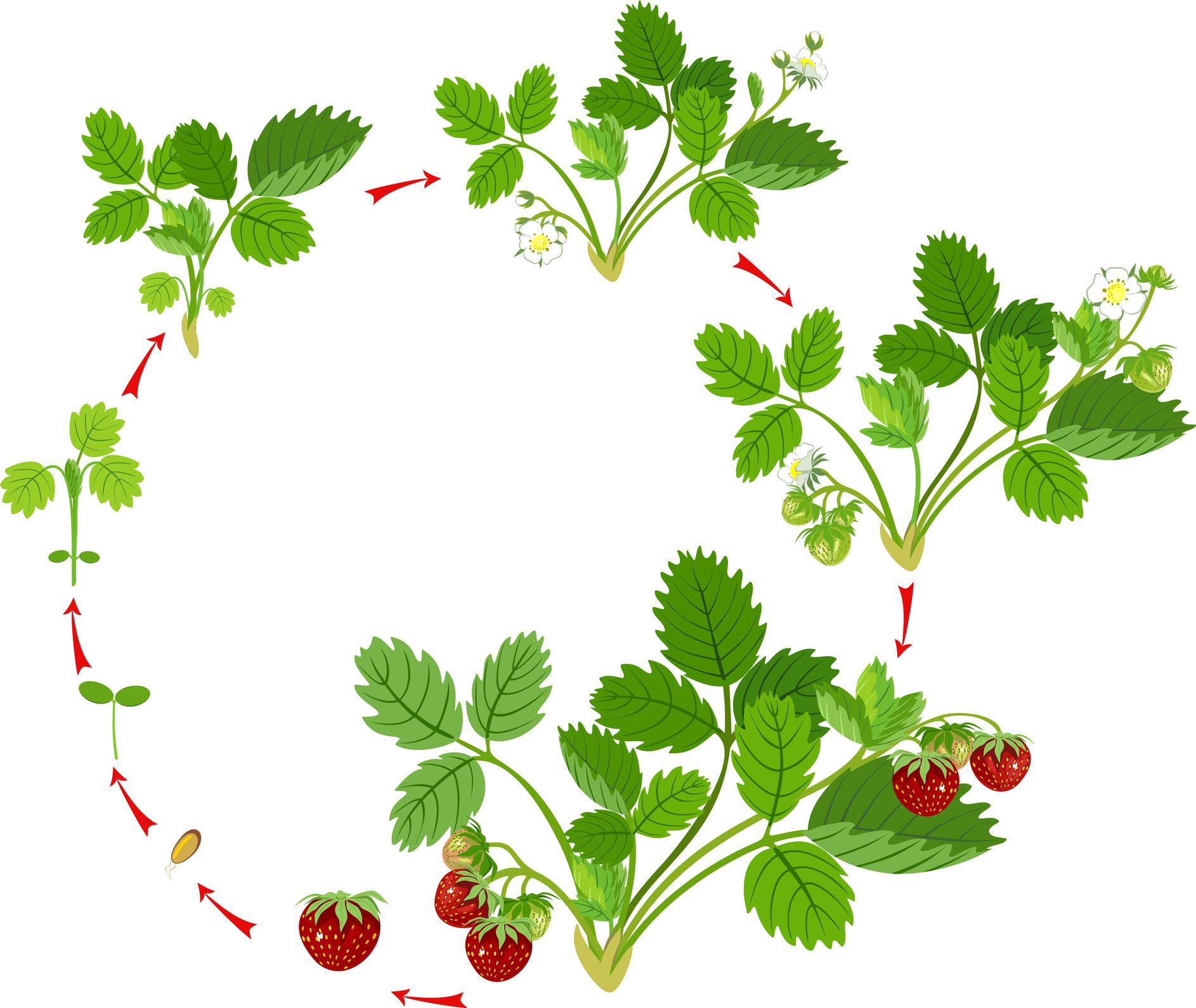2024/2025 EDITION



2024/2025 EDITION










Boyle County Schools Food Service Department is proud to be participating in Farm To Student serving healthy foods & prompting the importance of nutrition education!

Boyle County Schools’ Wellness Policy










Corn is considered a grain, fruit & vegetable
The U.S. is the LARGEST producer, consumer & exporter of corn in the world.
Humans only eat sweet corn



An ear of corn ALWAYS of land can produce of sweet corn.

Corn is grown on EVERY continent except Antarctica.
There are around 800 kernels on each ear of corn. field crop.

In many other countries, corn is called “maize
1 corn stalk produces 1 - 3 ears of corn
Corn stalks can grow between 7 – 10 feet tall.







Carbohydrates are the body’s main source of energy.

Carbohydrates support the nervous system - the system that helps all parts of the body communicate with each other.
Carbohydrates are also commonly referred to as “
Carbohydrates improve health supporting good moods, memory power and concentration.
Carbohydrates are classified into The body cannot make carbohydrates on its own - it has to come from food, like popcorn!







Pears are a type of pome fruit – fruits that have a “core” and several small seeds.

Pears used to be called

Over 3,000 varieties of pears.
The most common types of pears are Anjou, Bartlett, Bosc, Comice & Forelle.
30-40 tall trees. Pears prefer to grow in cooler climates



Pears ripen best after they are picked.
Pears are a part of the rose family.

Pears are the most fragile fruit.
The majority of pears grown in the U.S. are grown on the ALL pears are picked by HAND






Fiber supports movement through the digestive system
Fiber is a type of carbohydrate body doesn’t digest, it simply passes through.
Soluble fiber dissolves in water…it helps regulate blood sugar levels and removes cholesterol from

Insoluble fiber is sometimes referred to as “roughage. ”


2 types of fiber:

Fiber helps to regulate the body’s use of sugar
1. Soluble fiber
Insoluble fiber

Dairy & meat products do not have any fiber.
Fiber is ONLY found in plant foods.
Insoluble fiber does not dissolve in water…it helps food move throughout the digestive system.


BOTH forms of fiber are important & beneficial to overall health.



Milk is a type of dairy product –most commonly made from cows.
1 serving contains
Milk is made up of 85-95% water with the rest being fats, proteins, carbohydrates & vitamins
Breeds of Dairy Cows: 6
1. Ayrshire
2. Brown Swiss
3. Guernsey
4. Holstein
5. Jersey


6. Milking Shorthorn
Holstein cows all have a unique pattern of spots!
1 cow produces around 6 gallons of milk per day. Cows can SEE almost 360 degrees and SMELL up to 6 miles away!

dairy farms!









Vitamin D supports the development & maintenance of bones, teeth & muscles.

Vitamin D is the ONLY vitamin that the body can make on its own.
Vitamin D helps prevent cavities.

Vitamin D is known as “The Sunshine Vitamin. ”
Only a few foods naturally contain vitamin D.
Most people get the majority of their vitamin D when their skin is exposed to the sun.

Vitamin D supports the immune system. Don’t forget to wear sunscreen!

Vitamin D can help boost happy moods!

Vitamin D helps the body phosphate from food.
Calcium and phosphate are essential for strong bones.


Strawberries are a type of aggregate fruit.
Strawberries are a part of the rose family.

1 acre of land can produce 50,000 pounds of strawberries.

Strawberries are the FIRST fruit to ripen in the spring.
Peak strawberry harvesting season is April - June.



3 strawberry has 200 seeds.
1. June-bearing 2. Ever-bearing 3. Day-neutral

Strawberries are the ONLY fruit with seeds on the outside.

90% of the strawberries grown in the U.S. are from California.





Vitamin C supports the immune systemthe body’s defense against infections.

Vitamin C is also referred to as “ascorbic acid.”

Vitamin C is an antioxidant. Antioxidants help protect against damage caused by exposure to harmful substances in the environment.


The body cannot make vitamin C on its own - it has to come from food.
Vitamin C helps keep you happy & healthy! What do you call a vitamin that improves your eyesight?


Vitamin C is a very important vitamin for healthy gums & teeth.



Cucumbers are technically fruits since they & contain seeds.
There are cucumbers.





1 vine can produce 25 - 125 cucumbers. of cucumbers seeds.

World Cucumber Day is June 14th!

Cucumbers grow on






B Vitamins help support the body’s energy levels, brain function & cell metabolism In-Vitamin!
essential B vitamins:
Vitamin B1, Vitamin B2, Vitamin B3, Vitamin B5, Vitamin B6, Vitamin B7, Vitamin B9 & Vitamin B12.

Water is needed to help the body absorb B vitamins.



B5, B12, C and E knock on your door…what do you do? blood cells.

B vitamins helps the body make energy from food.
cannot store most B vitamins, so they need to be regularly consumed.
B vitamins plays a role in serotonin production.
Serotonin makes us feel happy




Carrots are a type of root vegetable underground

Carrots are 88% water.






WINTERS underground!
Carrots are biennials, which means they have a 2-year life cycle.








more vivid colors during the day

How far can you read down this eye chart?

speed up the healing process of cuts & scrapes. Vitamin A is a fat-soluble vitamin.
How do you know carrots are good for the eyes?
You never see a rabbit wearing glasses!
Vitamin A supports the immune system to fight off infections.






























